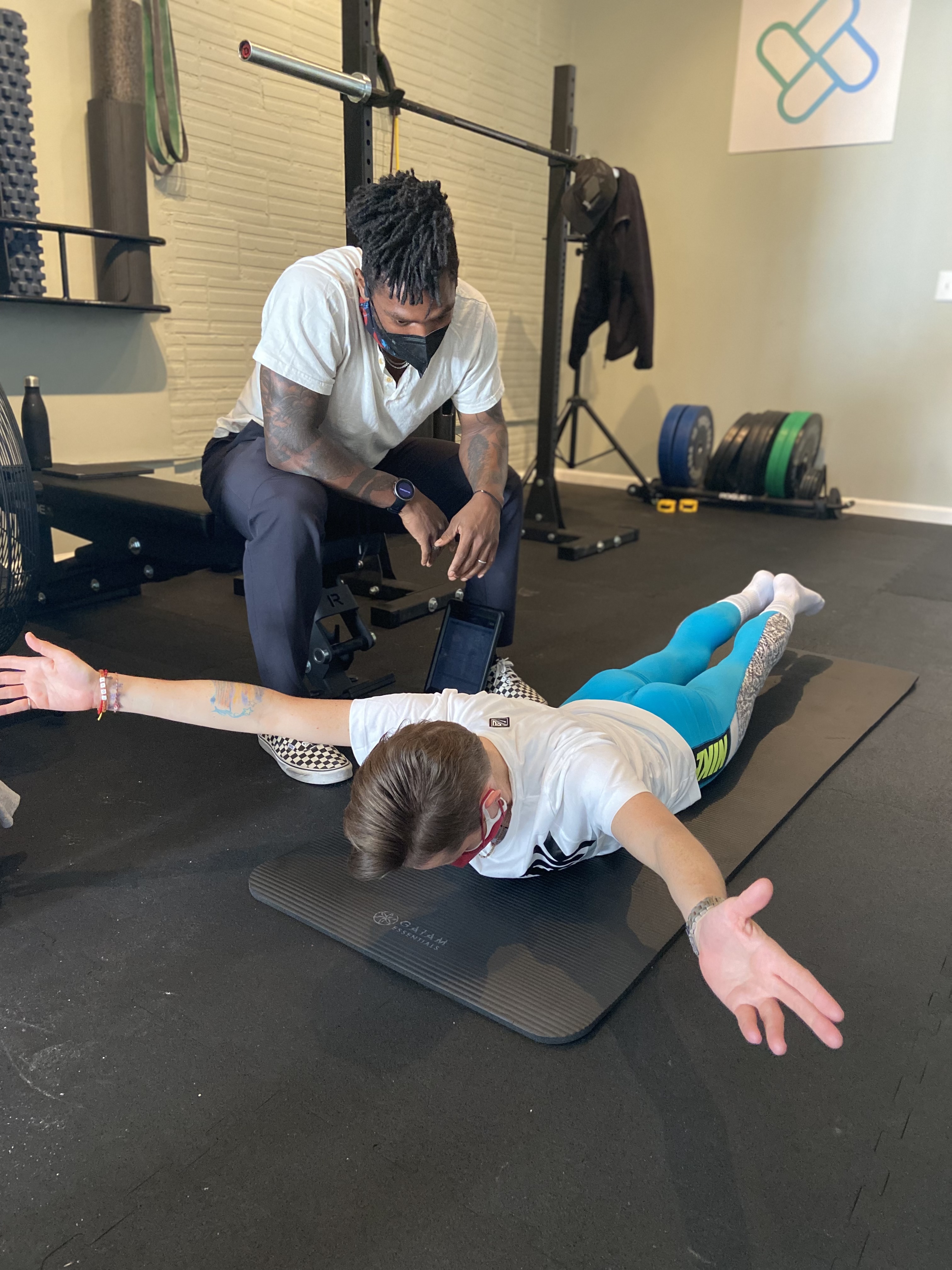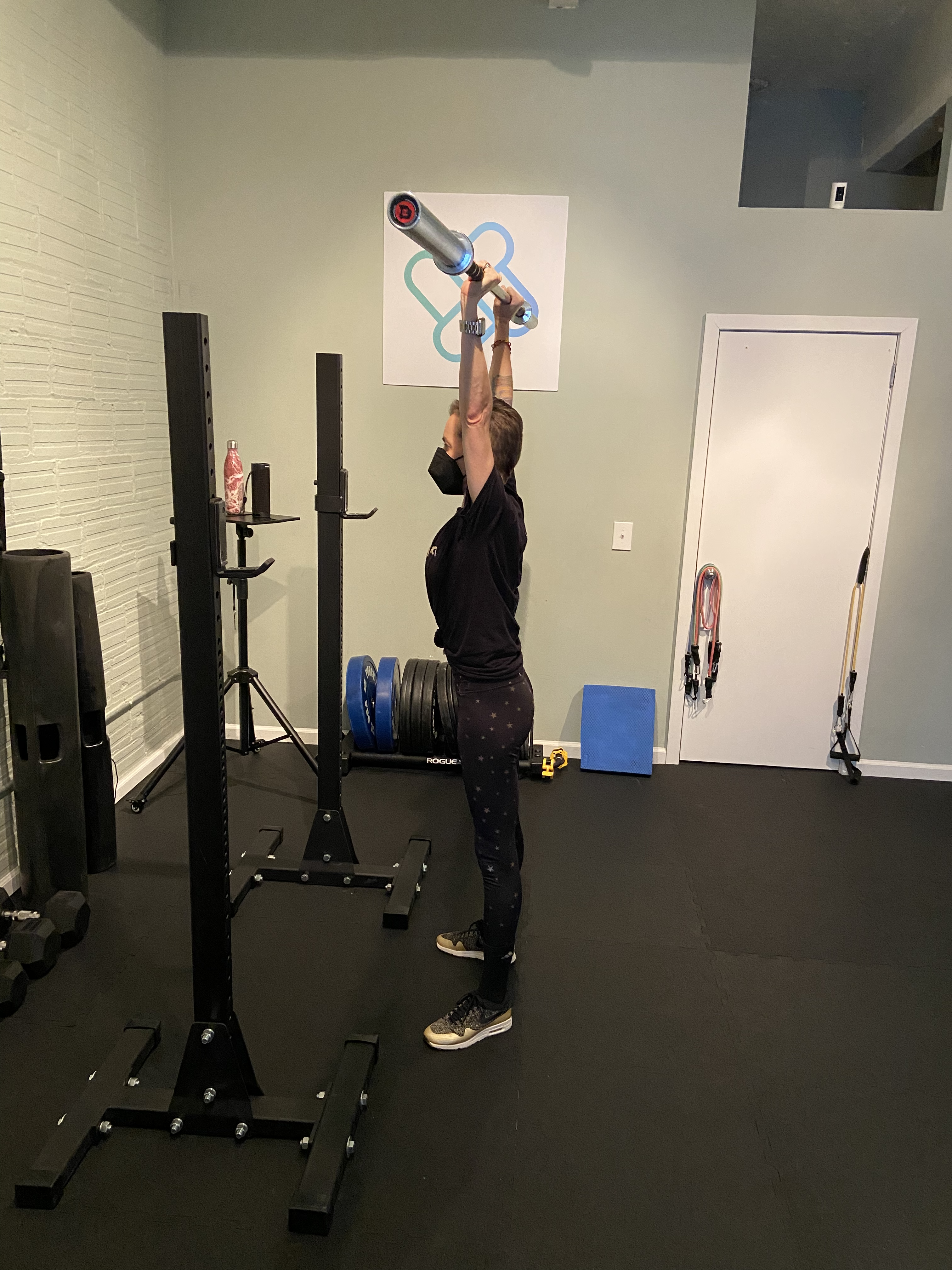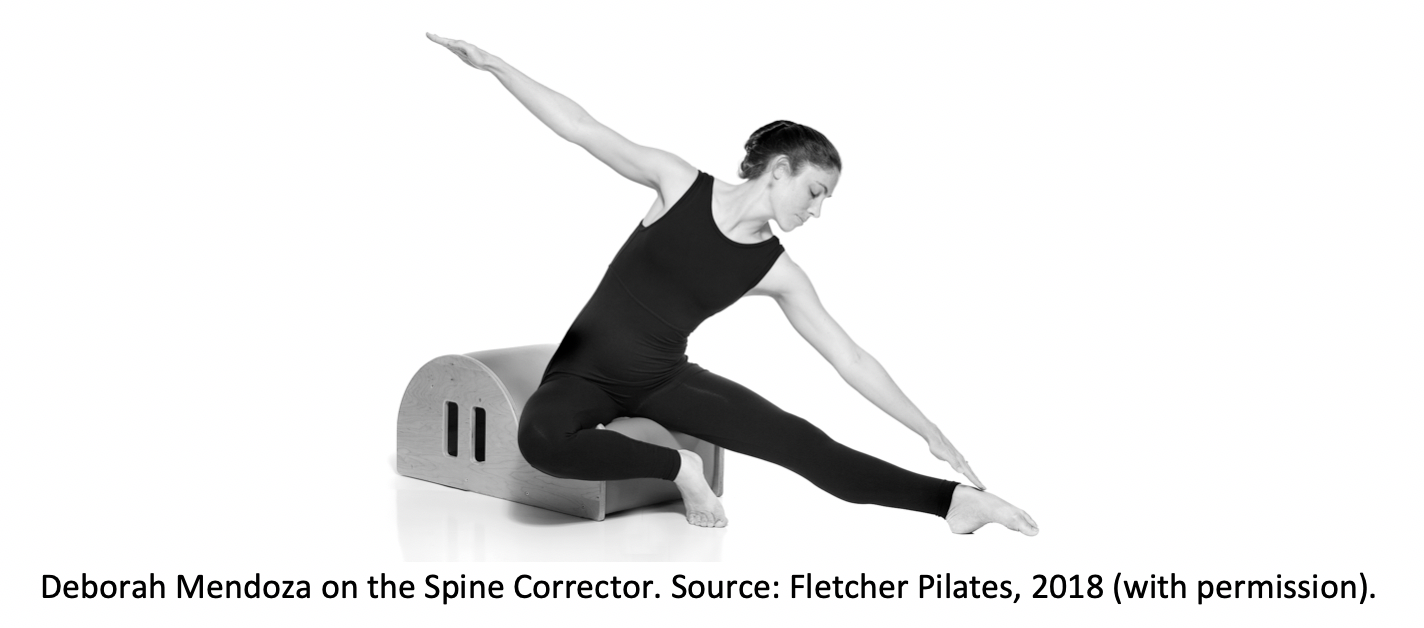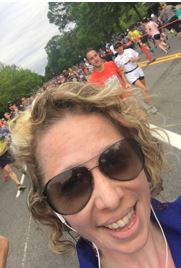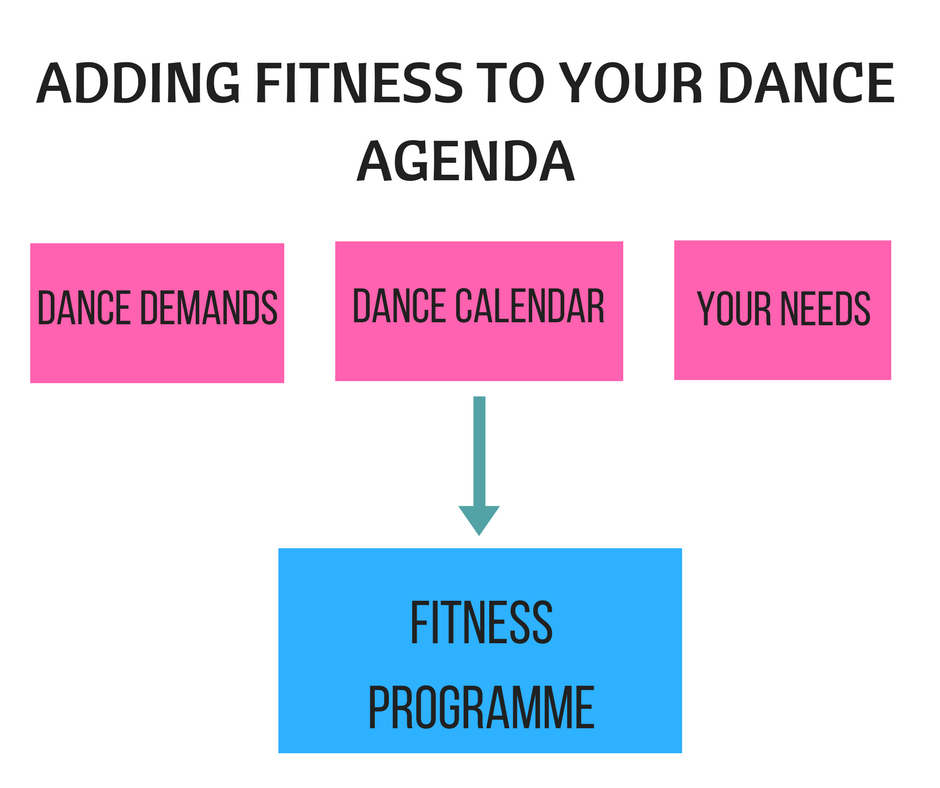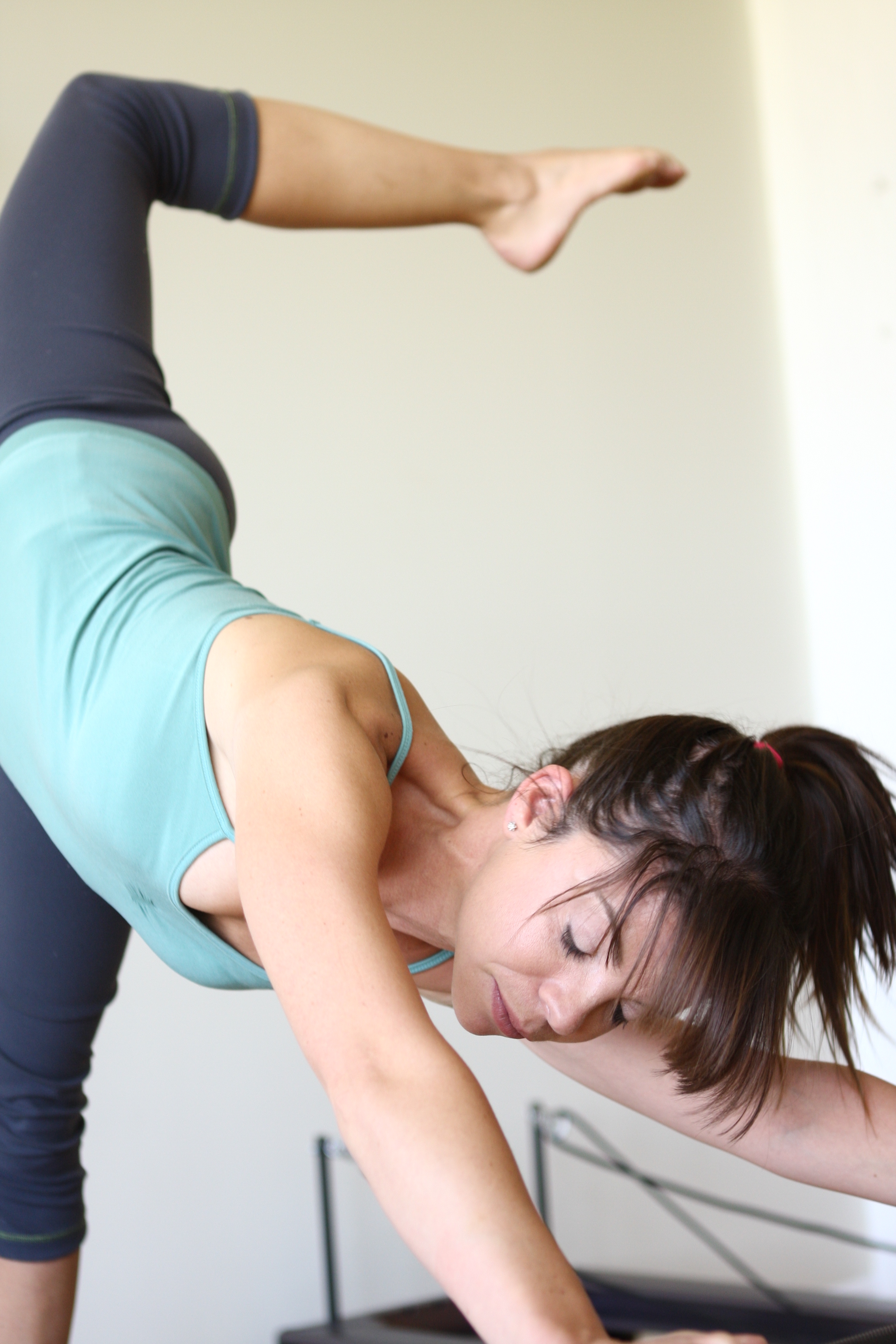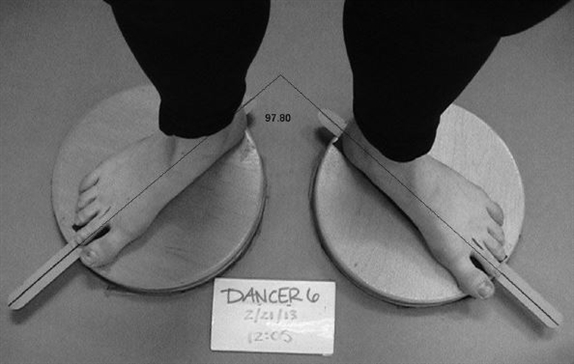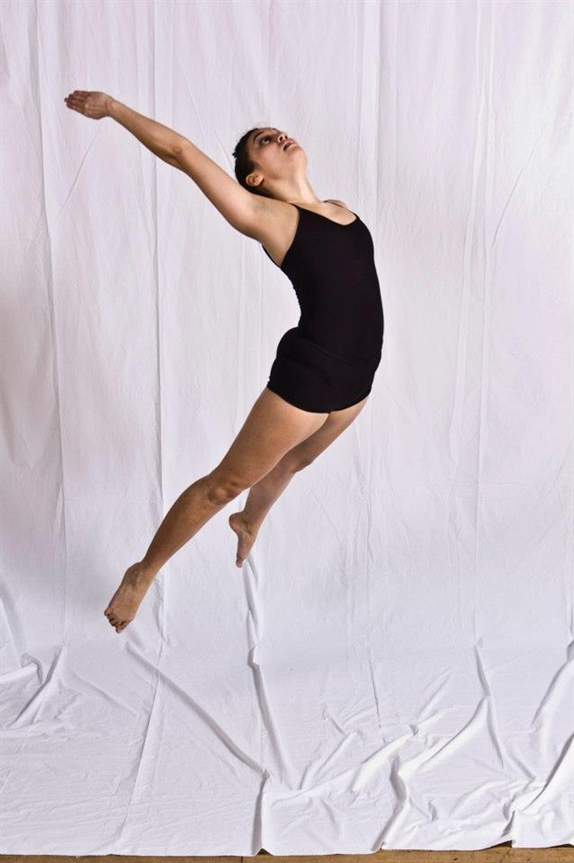Blog
Strength and Conditioning; Returning to Dance After a Break - Part 2
Author: Andrew Schaeffer CSCS on behalf of the IADMS Dance Educators Committee
In this series of blog posts we are following Elisa’s training programme as she prepared to return to the stage with Mark Morris Dance Company. In part one we learnt about the content and process of the training programme; here Elisa shares her own thoughts and experiences.
Read ArticleStrength and Conditioning; Returning to Dance After a Break - Part 1
Author: Andrew Schaeffer CSCS on behalf of the IADMS Dance Educators Committee
What does it take to get back to dancing after a break? In this three-part series, Andrew Schaeffer CSCS takes us through the training programme of a retired dancer in preparation for her return to dance with Mark Morris Dance Company.
Does Pilates breath inspire dance?
Author: Adriano Bittar on behalf of the IADMS Dance Educators’ Committee
Following on from the exciting and intriguing posts from Christine Bergeron (How effective is Pilates as an additional training program for dancers?), and Jennifer Deckert (Breath: A Back-To-School Basic), the focus here is on Pilates and breath, specifically touching upon how they influence the performance of ballet.
Read ArticleHow effective is Pilates as an additional training program for dancers?
Author: Christine S. Bergeron on behalf of the IADMS Dance Educators’ Committee
As an active Pilates and dance instructor for over 18 years, I can see the connection and similarity between dance technique and Pilates. Some of the similarities include the focus on body alignment, core engagement, pelvic placement, full body engagement, concentration, and precision. It seems, as a community, we have accepted Pilates as a leading supplemental training method among dancers.
Read ArticleWhat I Learned About Fueling My Dancing from Cross-Training
Author: Stevie Oakes on behalf of the IADMS Dance Educators’ Committee
Preparing myself nutritionally for a long dance day has always been a little tricky. As a contemporary modern dancer, rehearsals alternately require endurance or short bursts of power (usually both, in my experience, throughout the course of the process); the “right” combination of preparing with solid meals before hand with adequate and healthy snack options while not feeling too full seemed elusive. And while my education and interest in wellbeing – plus lots of resources and publications from the IADMS team - gave me a starting off point for balanced meals, energetic needs, and nutritional considerations, I found out the most from tuning in to sensation. Challenging myself physically and meeting those needs with good eating habits.
Read ArticleAdding Fitness to your Dance Agenda: Where to start?
Author: Clara Fischer Gam
So you came to the understanding that it is not all about dancing: in order to nourish your body for greater freedom of artistic expression, other elements have to be added to the equation. You have already done the reading about reducing the risk of injuries and enhancing performance. Then you came across supplementary fitness training and its role in supporting your career goals and longevity. Feeling more responsible for your body and empowered to take care of yourself, you are now craving for putting it into practice – what then?
Read ArticleStretching: Some thoughts on current practice
Authors: Maggie Lorraine and Elsa Urmston on behalf of the IADMS Education Committee
Dancers are often passionate about developing their flexibility, reaching ever-greater ranges of motion (ROM), as choreographers require ever-more spectacular contortions of the body. For example, it’s been observed that the height of the développé in Les Sylphides Nocturne section has increased from 60° to nearly 180°, and of course, different dance styles require different ROM at different joints; Spanish dancers need increased ROM in the shoulders compared to a non-dancing population whereas classical ballet dancers need extensive ROM in the hips. We see a wide range of images and videos online nowadays which see young dancers especially, pushing their body into incredibly contorted positions, often compromising safety and alignment, and possibly leading to increased likelihood of injury as they pursue increased ROM. It’s not as simple as pushing dancers into various positions, as it has been reported that up to 17 factors can affect flexibility, including age, body morphology, genetics, gender, bones, nerves, muscle, ligaments, and connective tissue, so it becomes vital as dance educators that we educate our dancers to look after their body, practise safe stretching activities and understand that achieving optimal flexibility is a complex process.
Read ArticlePilates: A natural choice for dancers
Authors: Margot McKinnon and Hannah Etlin-Stein
Dance is complex movement that integrates both artistry and physicality seamlessly. Dancers require the creativity and grace of an artist coupled with the strength and control of an athlete.
Read ArticleAn intervention to improve turnout - Research Study
Author: K. Michael Rowley
Many posts on the IADMS Blog from the Education Committee have been focused on the anatomy and control of turnout. But does awareness of where turnout comes from and exercise targeting hip external rotators actually make a difference in turnout a dancer can achieve? According to research from Florida State University published in the Journal of Dance Medicine and Science, the answer is yes.
Read ArticleFirst IADMS Blog Post! - How to stretch for dance class
Author: K. Michael Rowley
The purpose of the IADMS blogs are to connect the public – the dancing public, the teaching public, the researching public, the clinical public – with current happenings in the field of dance medicine and science, in order to promote educational, medical, and scientific excellence. For now, let's jump right in with a research study published in the Journal of Dance Medicine and Science.
Read ArticlePage 1 of 1
- IADMS 34th Annual Conference - Experience Point of View: Jennifer Milner
- IADMS 34th Annual Conference - Experience Point of View: Joanna Nicholas
- IADMS 34th Annual Conference - Experience Point of View: Erika Mayall
- Beginning ASL for Medical Students & Health Practitioners
- Relative Energy Deficiency in Dance
